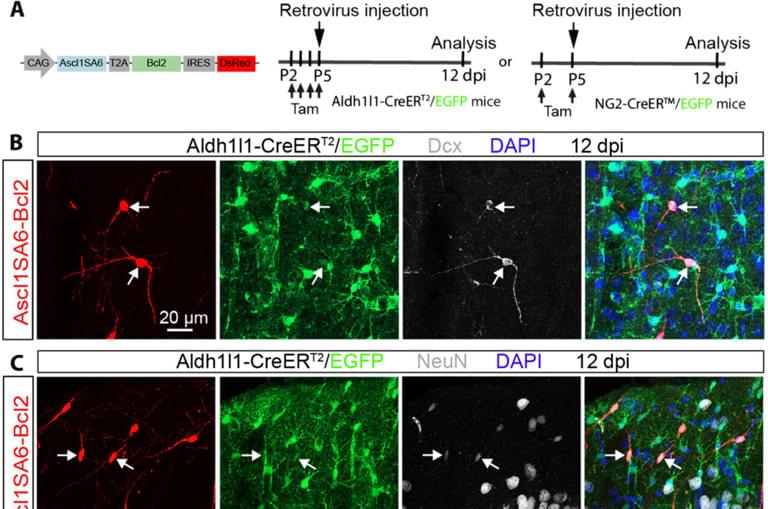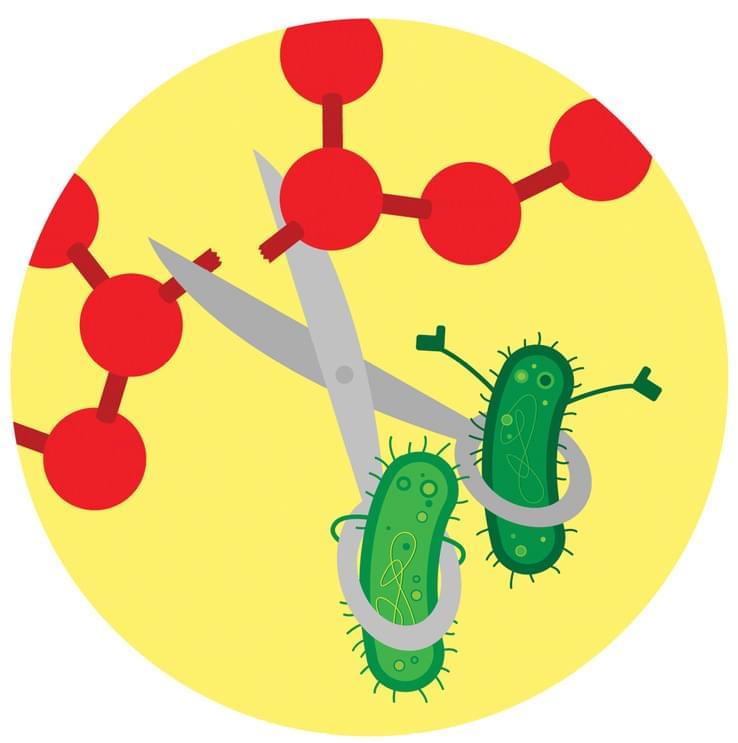NASA reconnected with Voyager 1, 15 billion miles away, after a sudden shutdown. Engineers face challenges maintaining this 47-year-old spacecraft’s interstellar mission.


This clip is from the following episode: https://youtu.be/xqS5PDYbTsE
Recorded on Oct 18th, 2024
Views are my own thoughts; not Financial, Medical, or Legal Advice.
In this episode, Ray and Peter discuss 2025 predictions, Job loss in the coming years, and Ray’s thoughts on nanotech taking over the world.
Ray Kurzweil is a world-class inventor, thinker, and futurist, with a thirty-five-year track record of accurate predictions. He has been a leading developer in artificial intelligence for 61 years – longer than any other living person. He was the principal inventor of the first CCD flat-bed scanner, omni-font optical character recognition, print-to-speech reading machine for the blind, text-to-speech synthesizer, music synthesizer capable of recreating the grand piano and other orchestral instruments, and commercially marketed large-vocabulary speech recognition software. Ray received a Grammy Award for outstanding achievement in music technology; he is the recipient of the National Medal of Technology, was inducted into the National Inventors Hall of Fame, and holds twenty-one honorary Doctorates. He has written five best-selling books including The Singularity Is Near and How To Create A Mind, both New York Times bestsellers, and Danielle: Chronicles of a Superheroine, winner of multiple young adult fiction awards. His new book, The Singularity Is Nearer was released on June 25th and debuted at #4 on the New York Times Best Seller list. He is a Principal Researcher and AI Visionary at Google.
I send weekly emails with the latest insights and trends on today’s and tomorrow’s exponential technologies. Stay ahead of the curve, and sign up now: https://www.diamandis.com/subscribe.
Connect with Peter:

Anirban Datta, Head of Discovery Biology at Verseon International Corporation, details how recent breakthroughs are bringing once-distant possibilities, such as testing drugs more efficiently and restoring lost organ function through implantation, closer to reality.
Imagine being able to create an in vitro replica of a diseased organ to study the molecular mechanism underlying the illness. Now take a step further: envision testing drugs in these organoids to identify the ones that can treat disease safely and effectively without needing to run expensive clinical trials first. Further still, think about implanting these mini organs into the patient to restore lost function. With multiple breakthroughs in recent decades, these goals are now much closer to reality.


Researchers have long sought to harness the power of light for computing, aiming to achieve higher speeds and lower energy consumption compared to traditional electronic systems. Optical computing, which uses light instead of electricity to perform calculations, promises significant advantages, including high parallelism and efficiency. However, implementing complex logic operations optically has been a challenge, limiting the practical…





Generative AI is changing medicine, and it’s happening fast. HMS is getting a jump on this shift by training future doctors with skills in data and machine learning.
Harvard Medical School is building artificial intelligence into the curriculum to train the next generation of doctors.